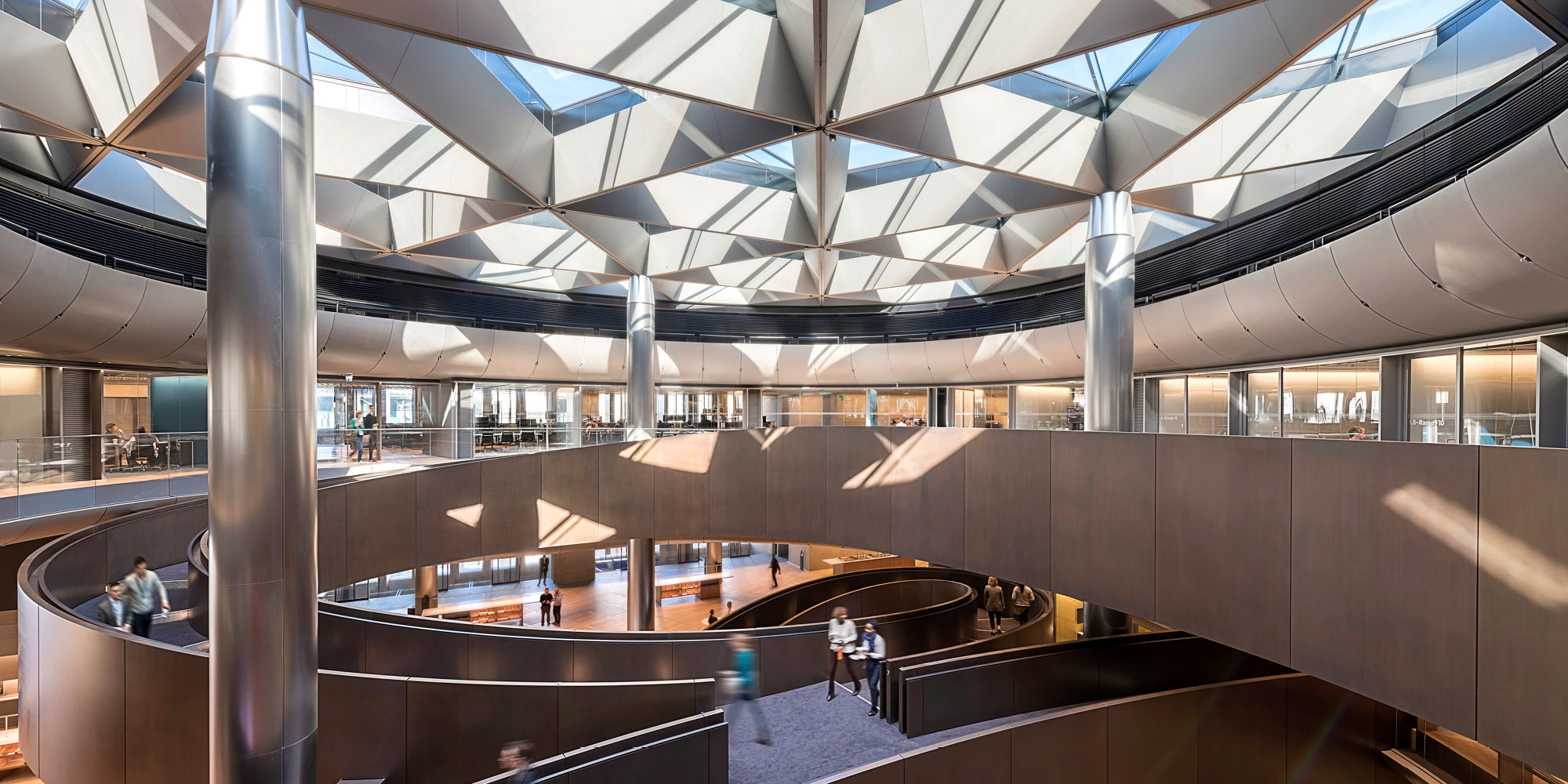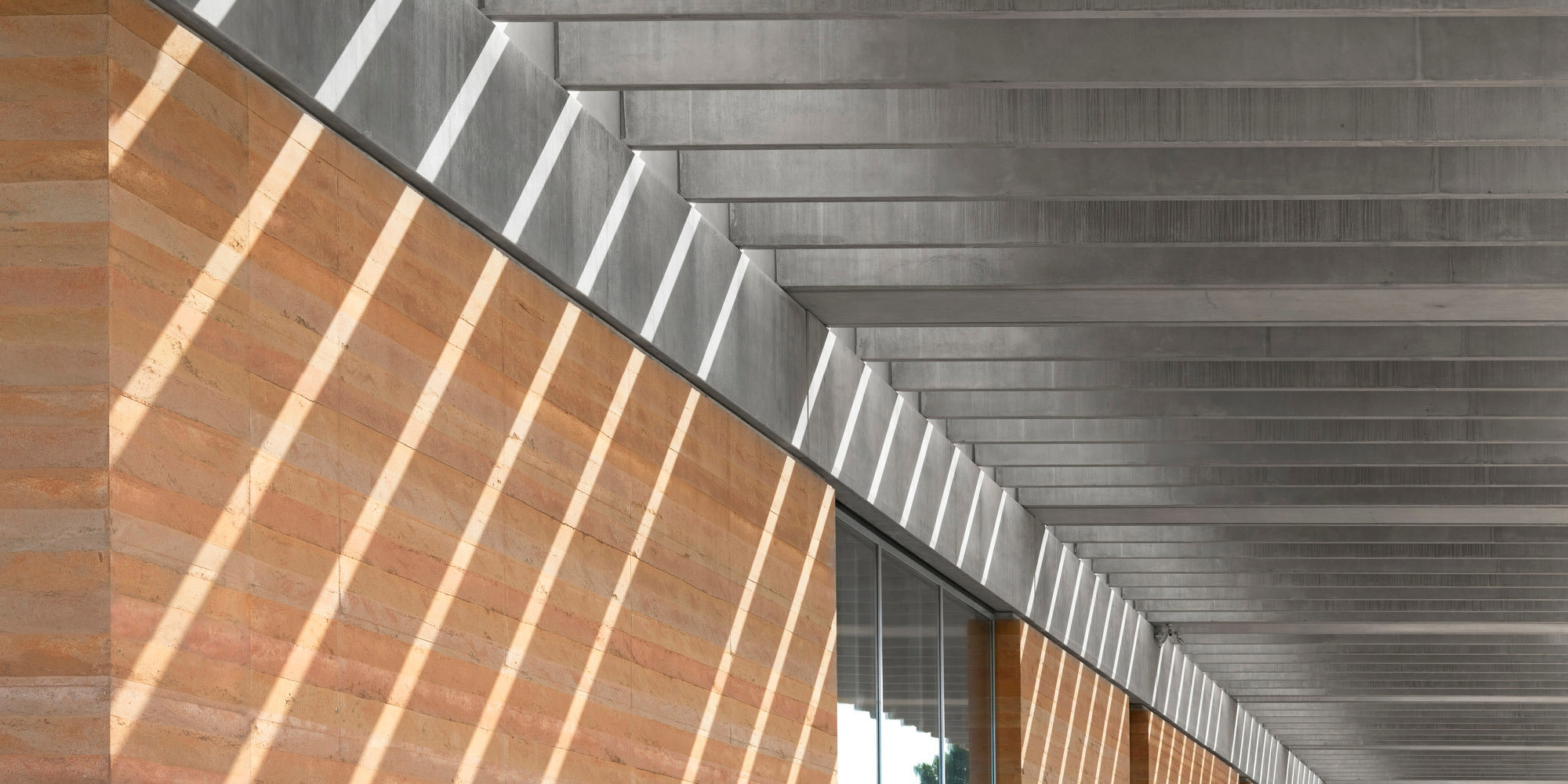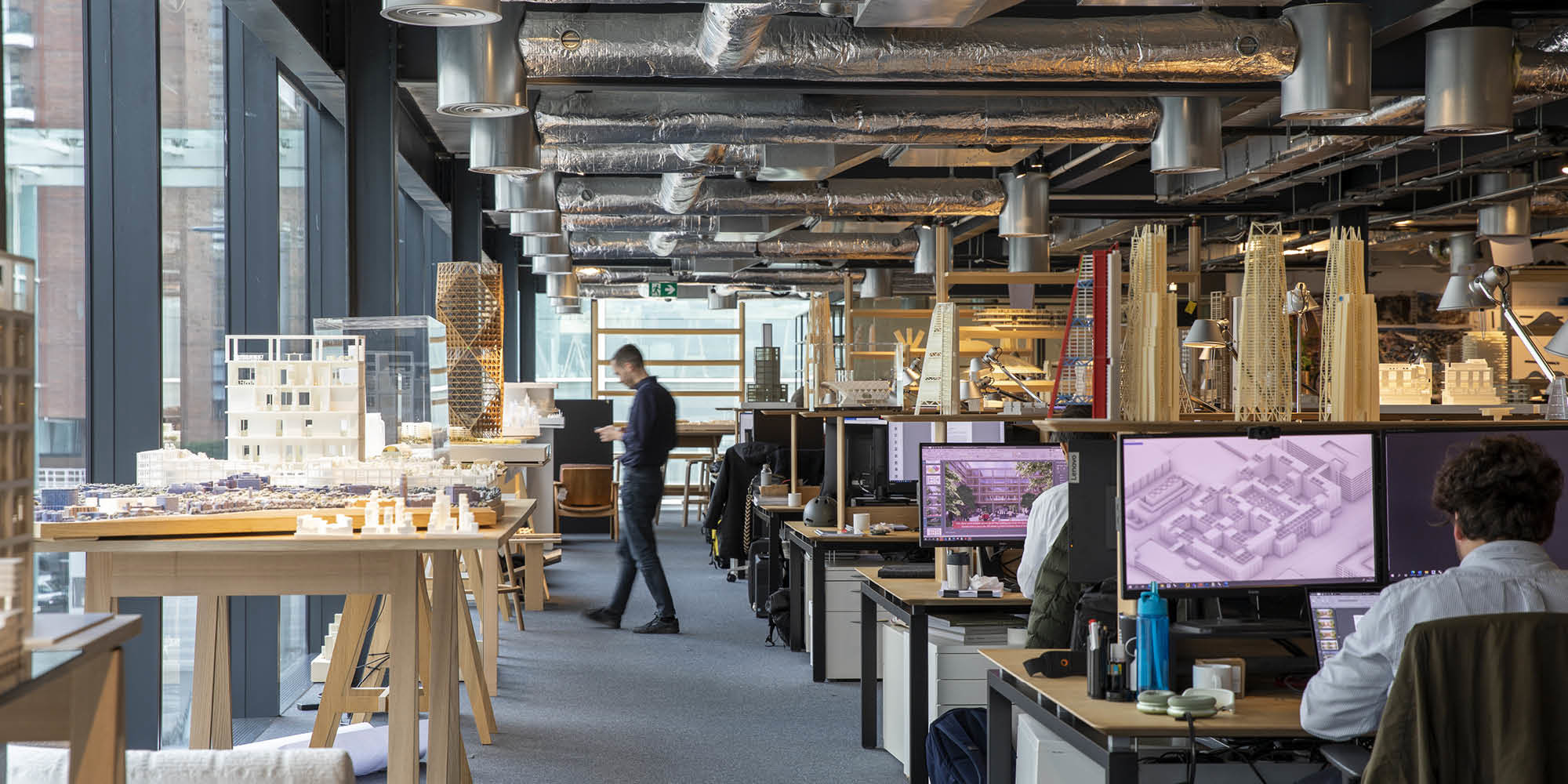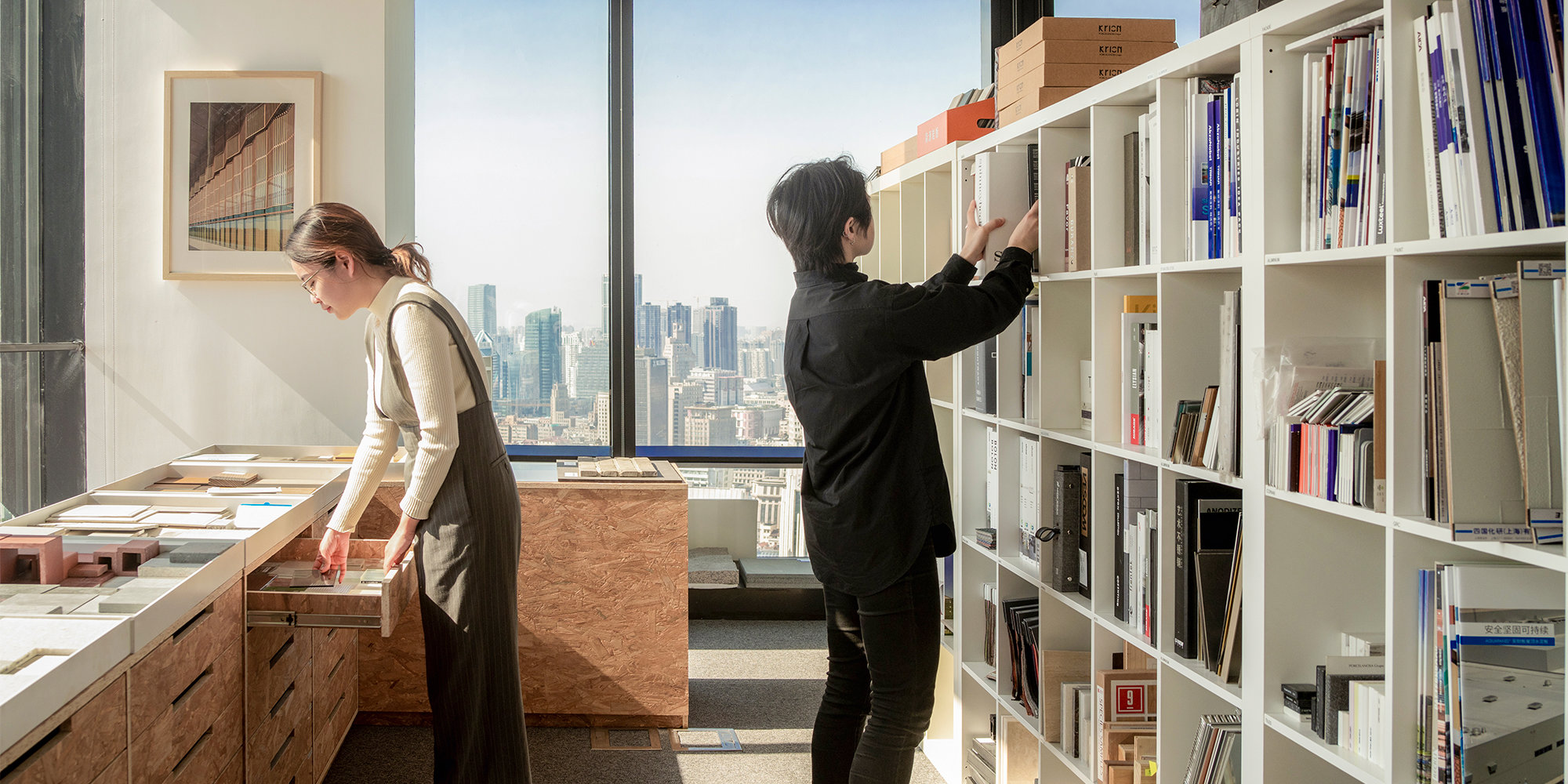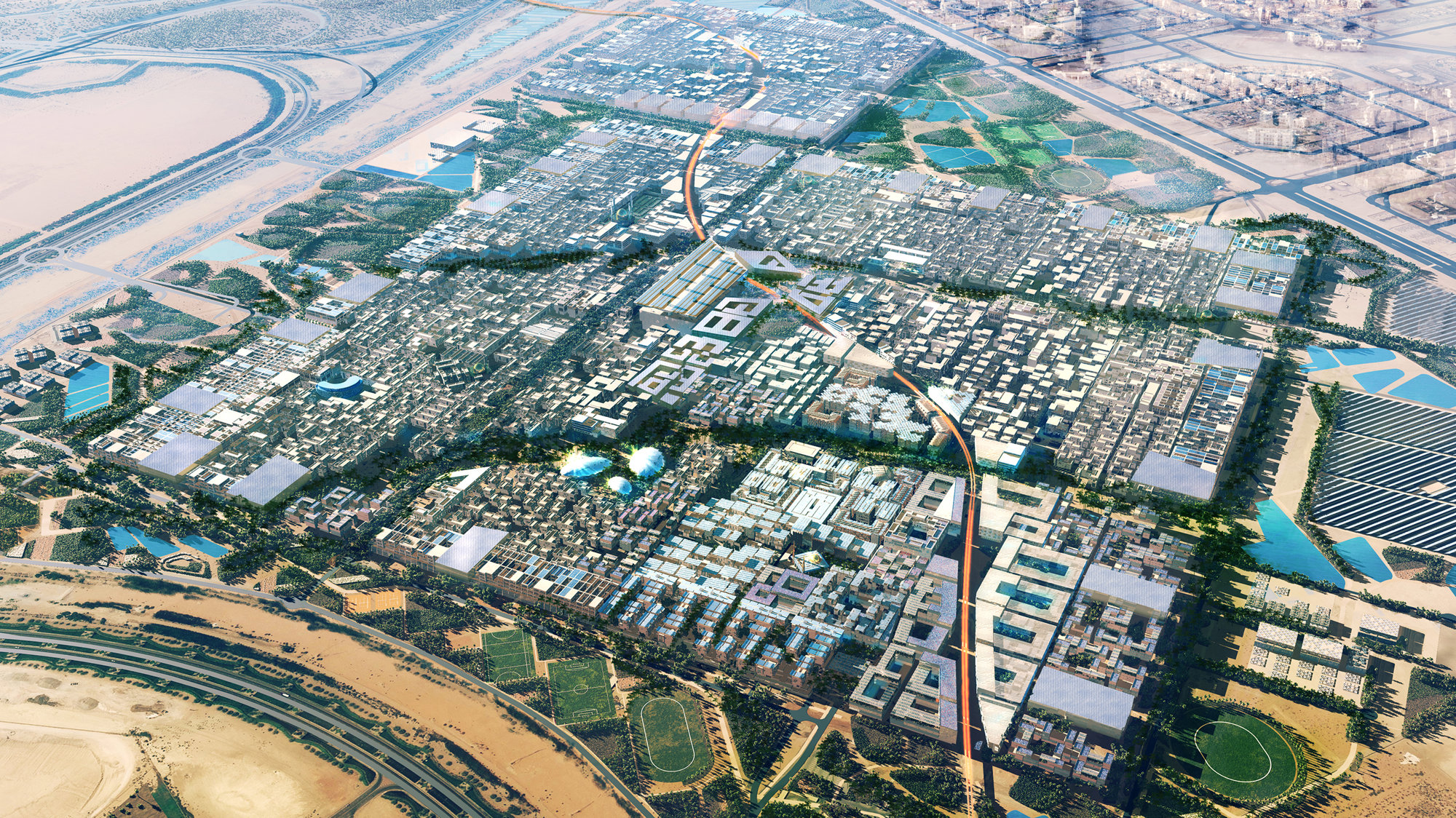The first project as a result of the Masdar Initiative is a new 6 million square meter sustainable development that uses the traditional planning principals of a walled city, together with existing technologies, to achieve a zero carbon and zero waste community. Masterplanned by Foster + Partners, the initiative has been driven by the Abu Dhabi Future Energy Company, and will be a centre for the development of new ideas for energy production. Masdar responds to the urban identity of Abu Dhabi while offering a sustainable urban blueprint for the future. Due to be launched at Cityscape Abu Dhabi 2007, it is an ambitious project that will attract the highest levels of international expertise and commerce, providing a mixed-use, high-density city. The exciting programme includes a new university, the Headquarters for Abu Dhabis Future Energy Company, special economic zones and an Innovation Center.
Norman Foster said:
The environmental ambitions of the Masdar Initiative zero carbon and waste free are a world first. They have provided us with a challenging design brief that promises to question conventional urban wisdom at a fundamental level. Masdar promises to set new benchmarks for the sustainable city of the future.
The principle of the Masdar development is a dense walled city to be constructed in an energy efficient two-stage phasing that relies on the creation of a large photovoltaic power plant, which later becomes the site for the citys second phase, allowing for urban growth yet avoiding low density sprawl. Strategically located for Abu Dhabis principal transport infrastructure, Masdar will be linked to surrounding communities, as well as the centre of Abu Dhabi and the international airport, by a network of existing road and new rail and public transport routes.
Rooted in a zero carbon ambition, the city itself is car free. With a maximum distance of 200m to the nearest transport link and amenities, the compact network of streets encourages walking and is complemented by a personalised rapid transport system. The shaded walkways and narrow streets will create a pedestrian-friendly environment in the context of Abu Dhabis extreme climate. It also articulates the tightly planned, compact nature of traditional walled cities. With expansion carefully planned, the surrounding land will contain wind, photovoltaic farms, research fields and plantations, so that the city will be entirely self-sustaining.
